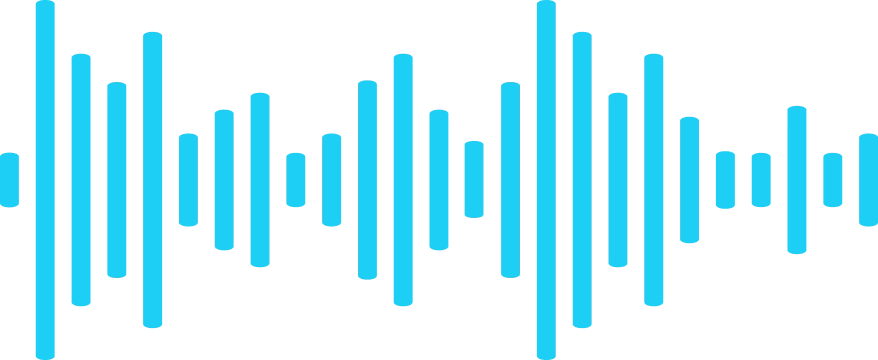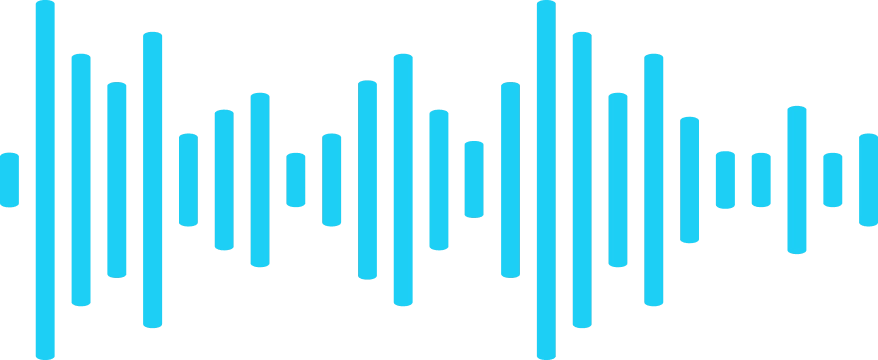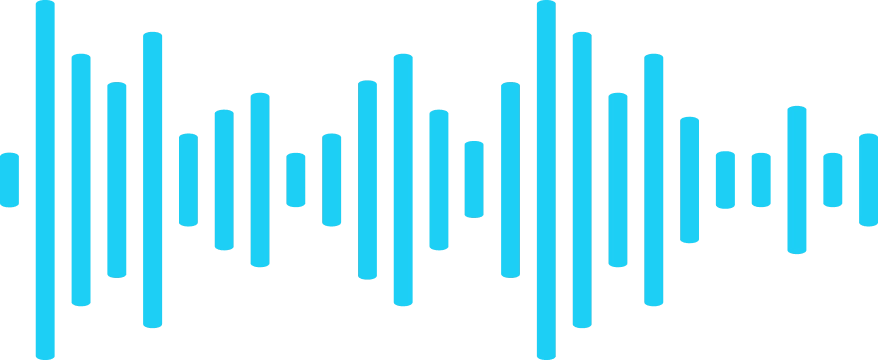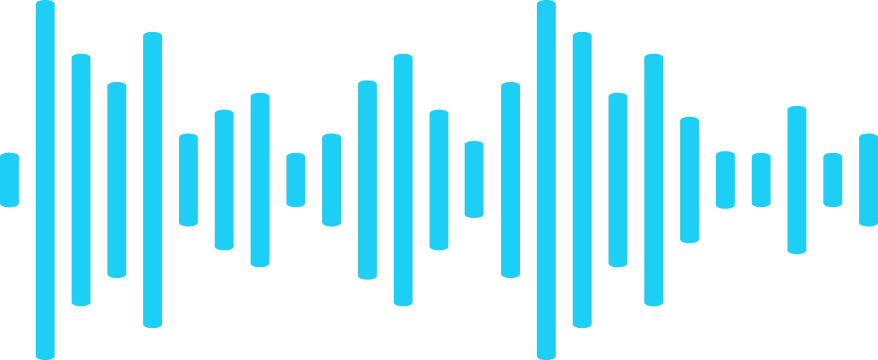What is delay?
Delay in music is an effect that replicates an audio signal and plays it back after a specified period, creating an echo-like sound.
Understanding delay requires knowledge of how sound works and how it can be manipulated to create different effects. This involves understanding the principles of sound wave propagation, the nature of audio signals, and the technology used to manipulate these signals.
History of delay in music
The use of delay in music dates back to the early 20th century, when mechanical devices were used to create echo effects. These devices, such as the echo chamber and tape delay, were bulky and expensive, limiting their use to professional recording studios.
With the advent of digital technology in the late 20th century, delay effects became more accessible and versatile. Digital delay units, software plugins, and digital audio workstations (DAWs) have made it possible to create a wide range of delay effects with precise control over parameters such as delay time, feedback, and wet/dry mix.
Types of delay in music
There are several types of delay used in music, each with its own characteristics and uses. These include analog, digital, tape, and ping-pong delays. Understanding these different types of delay can help musicians and producers choose the right delay effect for their needs.:
- Analog delay has a "warmer" feel and slight tonal colorations, which many musicians love for the vintage appeal. The echoes are typically more organic with a slight degradation in sound quality as the repeats get farther from the original signal.

- Digital delay offers very clean, clear, and precise repeats. Unlike analog or tape delays, digital delay does not degrade the quality of the sound over time, making the repeats almost identical to the original signal. It can also have features like modulation or reverse delays.

- Tape delay produces a unique, vintage sound with a characteristic distortion and saturation from the tape itself, which gives it a warm, lo-fi vibe.

- Ping-pong delay creates a dynamic, rhythmic echo that moves between the left and right channels, making it especially useful for creating a sense of space and movement in a mix.

Using delay in music
Delay is a versatile tool that can be used in a variety of ways in music. It can be used to create depth and space in a mix, to add rhythmic interest, to create ambient soundscapes, and much more. The use of delay depends on the musical context and the creative vision of the musician or producer.
Creating depth and space
One of the most common uses of delay is to create depth and space in a mix. By adding a short delay to a sound, it can create the illusion of space and distance, making the sound seem further away. This can be used to create a sense of depth in a mix, with different sounds placed at different distances.
Delay can also be used to create a sense of space by simulating the natural echo of a room or hall. By adjusting the delay time and feedback, it is possible to simulate different types of spaces, from small rooms to large halls.
Adding rhythmic interest
Delay can also be used to add rhythmic interest to a song. By syncing the delay time to the tempo of the song, it is possible to create rhythmic echoes that add complexity and interest to the rhythm. This can be used to add a sense of movement and energy to a song, especially in genres such as electronic music and dance music.
Delay can also be used to create polyrhythms and syncopation, adding a layer of complexity to the rhythm. By adjusting the delay time and feedback, it is possible to create a variety of rhythmic effects.







